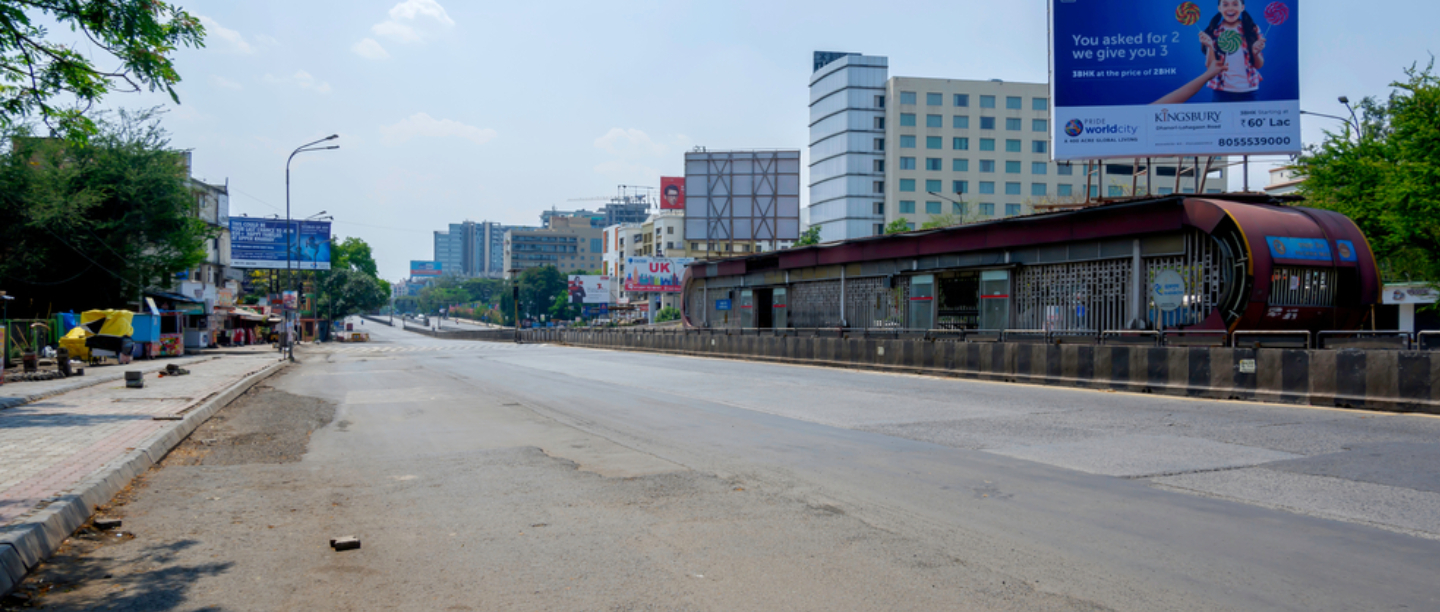The coronavirus outbreak has brought the entire world to a complete standstill, and so far it has shown little to no signs of slowing down. To curb the spread of the virus in India, the government imposed a nationwide lockdown starting March 25, which was to be lifted on April 14. However, yesterday Prime Minister Narendra Modi announced that the lockdown will be extended till May 3 owing to the alarming rate at which the cases in India are continuing to spike.
However, PM Modi mentioned in his address to the nation that the government will consider relaxing certain restrictions after April 20. This will be done following a fair assessment of a particular area on the basis of the number of cases and the chance of the area becoming the hotspot for the Coronavirus. He added that each district in every state will be very closely monitored.
Today, the government has released guidelines for the extended lockdown period till May 3. According to the Ministry of Home Affairs (MHA), these guidelines will set the ground rules for relaxation and other important issues between April 15 to May 3.
Also Read: What Complicates COVID-19 Cases? Patients Deteriorate Quickly And Collapse, Say Doctors
New Guidelines For Lockdown 2.0
April 20 onwards, the government is looking to ease certain restrictions while other restrictions will remain the same. Here’s what you need to know:
Services that will be fully-functional after April 20

Shutterstock
According to the guidelines released by the MHA, these services will be fully-functional after April 20:
- All Medical facilities that include Ayush, health infrastructure related works.
- Agriculture and Horticulture related activities including Mandis run by Agriculture Produce Market
- Committee (APMC) or notified by State/Union government.
- Movement of cargos by airways and railways.
- Financial sector including RBI, bank branches and ATMs, SEBI.
- MGNREGA related work.
- Industries related to the production of essential goods, industries in rural areas.
- Movement of cargos and essential items across the country.
- Public utilities such as the oil and gas sector.
- E-commerce companies’ operations.
- Infrastructure projects such as the construction of roads, buildings, irrigation projects including MSME in rural areas.
- IT companies, but with only 50 percent staff and under the strict provisions of social distancing norms.
- Movement of private vehicles in case of any medical emergency. In the case of Two-wheelers, only the driver will be allowed.
- Offices of departments under the government of India and its subordinates.
- Offices of state governments, union territories and their autonomous/subordinates.
- IRDAI and insurance companies.
- Social sector including observation homes, after-care homes and Anganwadis.
- Postal services along with post offices across the country.
- Public utility works such as water, sanitation and waste management by Municipal/local bodies in states and union territories.
- Trucks with two drivers and a helper. Empty trucks to pick up goods or to return after delivering goods.
- Truck repair shops and dhabas on highways with prescribed social distancing norms.
- Common Service Centres (CSCs) approved by the government at the gram panchayat level.
- Private security services and facilities management services to ensure the security and maintenance of office complexes.
- Hotels, homestays, lodges and motels which are accommodating tourists stranded due to lockdown.
- Services by electricians, IT repairs, plumbers, motor mechanics and carpenters
Also Read: Coronavirus In India: What Is Self-Quarantine & How To Do It The Right Way
Services that will remain suspended until May 3:

Shutterstock
These services will continue to be suspended until the government decides it is safe to lift the lockdown:
- Passenger transport by Railways, airways or buses along with metro service in big cities.
- Inter-state and Inter-district movement of persons, except for the condition exempted.
- All industrial and commercial activities other than specifically exempted.
- All educational, training and coaching institutions.
- All cab and taxi services including auto-rickshaws and cycle rickshaws.
- Hospitality services other than specifically exempted.
- All places of public gathering such as malls, cinema halls, shopping complex, gymnasiums, sports complex., swimming pools, entertainment parks
- In funerals and congregations, attendance of more than 20 people.
- Religious or place of worship. Religious congregation strictly prohibited.
Also Read: Ray Of Hope: COVID-19 Vaccines Are Already Under Trial & May Be Ready Sooner Than Expected
The government has decided to lift certain restrictions as the complete lockdown is affecting the livelihood of several poor people and daily wage workers. With these relaxations, the government is hoping to restart the economy, and it is certainly a step in the right direction. However, PM Modi had hinted that if people will show irresponsibility and try to put their community at risk, the restrictions will be reimposed.
So let’s try to work together as a community and a nation to life ourselves out of this crisis.
Featured Image: Shutterstock



